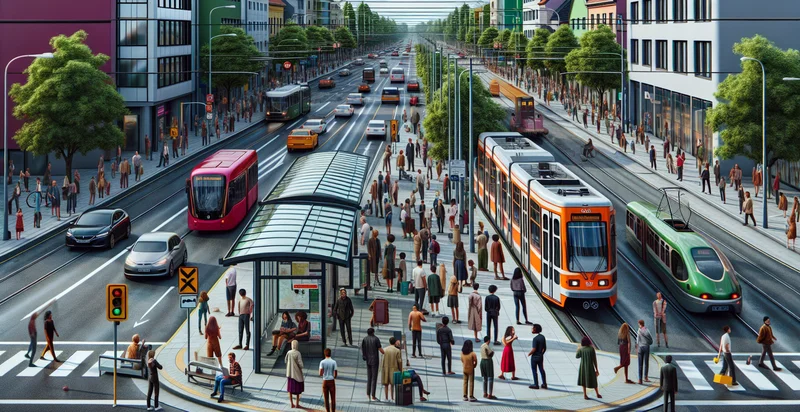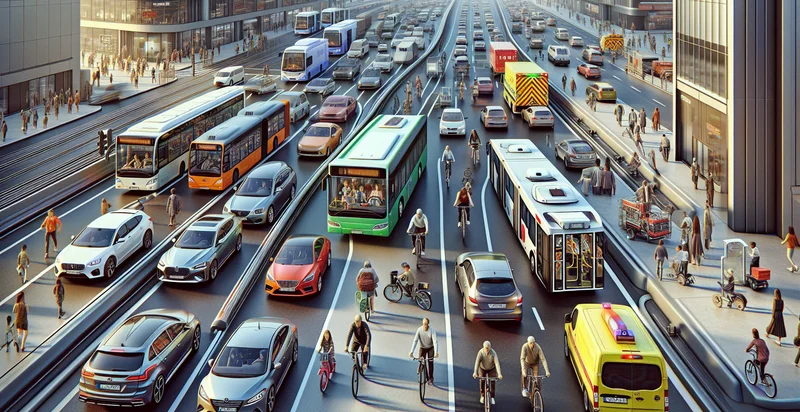Identify nearest public transport
using AI
Below is a free classifier to identify nearest public transport. Just input your text, and our AI will predict the nearest public transport options available. - in just seconds.

Contact us for API access
Or, use Nyckel to build highly-accurate custom classifiers in just minutes. No PhD required.
Get started
import nyckel
credentials = nyckel.Credentials("YOUR_CLIENT_ID", "YOUR_CLIENT_SECRET")
nyckel.invoke("nearest-public-transport", "your_text_here", credentials)
fetch('https://www.nyckel.com/v1/functions/nearest-public-transport/invoke', {
method: 'POST',
headers: {
'Authorization': 'Bearer ' + 'YOUR_BEARER_TOKEN',
'Content-Type': 'application/json',
},
body: JSON.stringify(
{"data": "your_text_here"}
)
})
.then(response => response.json())
.then(data => console.log(data));
curl -X POST \
-H "Content-Type: application/json" \
-H "Authorization: Bearer YOUR_BEARER_TOKEN" \
-d '{"data": "your_text_here"}' \
https://www.nyckel.com/v1/functions/nearest-public-transport/invoke
How this classifier works
To start, input the text that you'd like analyzed. Our AI tool will then predict the nearest public transport options available..
This pretrained text model uses a Nyckel-created dataset and has 16 labels, including Bicycle Share, Bus, Carpool, Coach, Ferry, Light Rail, Metro, Minibus, Monorail and Ride-Hailing.
We'll also show a confidence score (the higher the number, the more confident the AI model is around the nearest public transport options available.).
Whether you're just curious or building nearest public transport detection into your application, we hope our classifier proves helpful.
Related Classifiers
Need to identify nearest public transport at scale?
Get API or Zapier access to this classifier for free. It's perfect for:
- Public Transport Accessibility Assessment: This function can be utilized by urban planners to evaluate the accessibility of neighborhoods based on the proximity of public transport. By identifying the nearest transport options, planners can optimize infrastructure development and enhance community connectivity.
- Real Estate Marketing: Real estate agents can leverage the nearest public transport identifier to attract potential buyers or renters. By showcasing properties located near key transport links, agents can highlight convenience as a selling point, increasing interest in listings.
- Tourist Navigation Application: A travel app can integrate this function to help tourists find the nearest public transport options from their current location. This feature enhances user experience by providing real-time directions and travel alternatives, promoting the use of local transportation.
- Smart City Development: City officials can implement the nearest public transport identifier in their smart city initiatives to improve public transit efficiency. By analyzing transport accessibility data, they can make informed decisions on where to construct new transit routes or stations.
- Logistics and Delivery Services: Delivery companies can use this function to optimize route planning by identifying the closest public transport facilities. This can help them minimize delivery costs and time, especially in urban areas where traffic congestion is a concern.
- Commuter Incentive Programs: Employers can utilize this identifier to develop initiatives that encourage employees to use public transport. By providing information on nearby transport options, businesses can promote sustainable commuting practices and potentially offer incentives for participation.
- Emergency Response Planning: Emergency services can integrate the nearest public transport identifier into their response strategies for quick evacuations. By knowing the closest transport nodes, they can efficiently direct the public to safety during emergencies, improving overall public safety outcomes.


